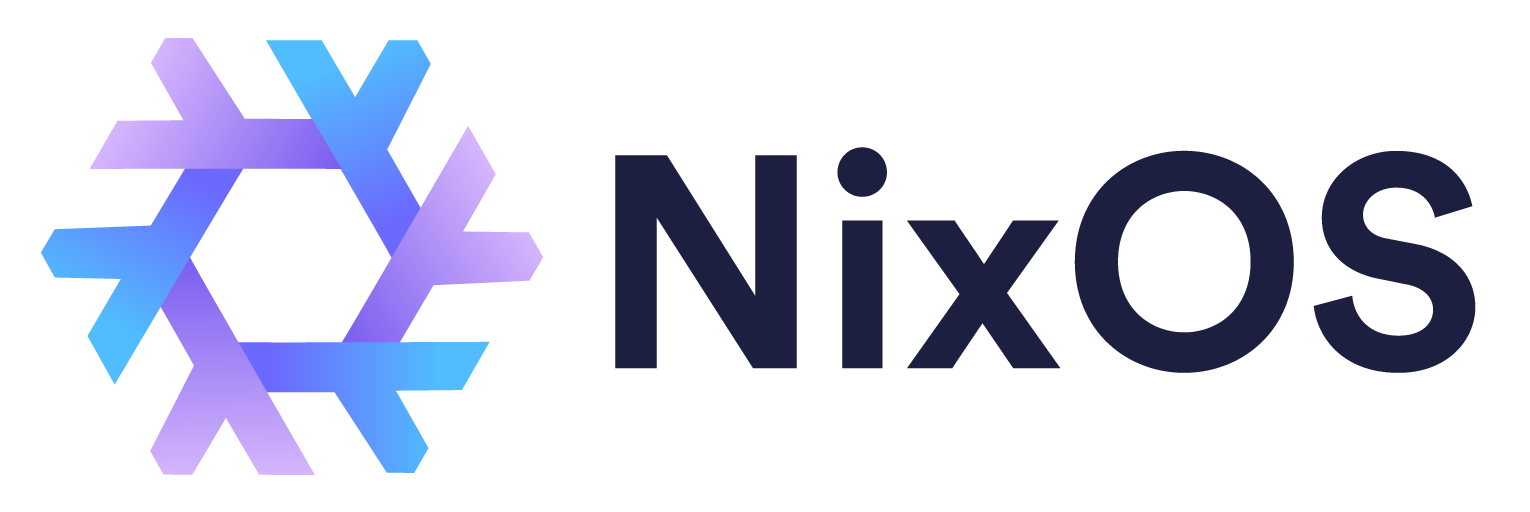Exploring Nix Shell, A Game-Changer for Ephemeral Environments
In the realm of software development, the quest for efficient and flexible development environments remains paramount. Traditionally, containers have dominated this space, heralded for their ability to create isolated, ephemeral environments for development, testing, and CI/CD pipelines. However, Nix Shell emerges as a compelling alternative, challenging this status quo with its unique approach.
The Traditional Container Paradigm
Containers are virtually omnipresent in today’s software development landscape. They are particularly valued in ephemeral environments—temporary setups created for specific tasks which are discarded after use. This container-based strategy is not just prevalent in local development machines but also extends to complex CI/CD pipelines managed by tools like Jenkins, GitHub Actions, and GitLab CI.
Enter Nix Shell: A Paradigm Shift
While containers continue to be useful, they are not without their limitations, such as overheads related to image management and the complexity of maintaining Dockerfiles. Nix Shell offers an intriguing alternative. As a part of the broader Nix ecosystem, which includes a powerful package manager and even its own Linux distribution (NixOS), Nix Shell provides a robust framework for managing dependencies and environments.
Key Features of Nix Shell:
- Reproducibility: Nix builds packages in isolation, ensuring that they are reproducible and devoid of undeclared dependencies. This means a package setup that works on one system will work identically on another, a critical requirement for consistent development and deployment cycles.
- Declarative Configuration: Nix allows you to define your environment explicitly in configuration files. This setup is not only ideal for individual use but also simplifies sharing development environments across teams, regardless of the underlying programming languages or tools.
- Reliability: With Nix, updates or installations of one package do not interfere with others. This isolation ensures that system-wide breakages are a thing of the past, and developers can roll back to previous versions effortlessly if something goes awry.
Declarative Configuration: Managing Multi-Language Environments
One of the standout features of Nix is its declarative approach to environment setup. This method not only simplifies the configuration process but also enhances shareability and reproducibility across different systems. To illustrate, let’s consider a scenario where a developer needs to manage a project that includes Python, Node.js, Go, and Rust.
By using a simple Nix Shell command, the developer can instantly set up an environment with all these languages:
1
nix-shell -p python3 nodejs go rustc
Once inside the Nix environment, each language can be accessed and verified to ensure it is correctly installed:
1
2
3
4
5
6
7
8
9
10
11
12
13
[nix-shell:~]$ python --version
Python 3.11.7
[nix-shell:~]$ node --version
v20.11.0
[nix-shell:~]$ go version
go version go1.21.6 darwin/arm64
[nix-shell:~]$ rustc --version
rustc 1.75.0 (82e1608df 2023-12-21) (built from a source tarball)
exit
This example demonstrates how Nix Shell can streamline the setup of complex, multi-language development environments, making it trivial to switch between projects or update dependencies without affecting other parts of the system.
Practical Application: Creating Accessible Development Environments
In the context of making development environments accessible and easy to set up, let’s delve into how Nix Shell facilitates this process using a shell.nix file. This approach is particularly valuable in educational settings or workshops where you want to minimize the setup overhead for participants.
Here’s an example of a shell.nix file that specifies a comprehensive suite of tools needed for a Kubernetes-focused course or project:
1
2
3
4
5
6
7
8
9
10
11
12
13
14
15
# File: shell.nix
{ pkgs ? import <nixpkgs> {} }:pkgs.mkShell {
packages = with pkgs; [
gum
gh
kind
kubectl
yq-go
jq
(google-cloud-sdk.withExtraComponents [google-cloud-sdk.components.gke-gcloud-auth-plugin])
awscli2
azure-cli
kubernetes-helm
];
}
To activate this environment, you would simply use:
1
nix-shell --run $SHELL
This command initiates a Nix Shell session, automatically loading the specified tools from the shell.nix file. Once the session starts, all these tools are available to the user, with no permanent installations needed on their system. When the Nix Shell session is exited, the environment reverts back without leaving any residual files or configurations on the host machine.
Beyond Development: Nix in CI/CD Pipelines
While Nix Shell shines on local setups, its application in CI/CD pipelines is worth considering despite some challenges. The ephemeral nature of CI/CD tasks means that caching mechanisms (a strong point for containers) might not be fully leveraged with Nix, leading to potentially slower build times. However, for scenarios where pipelines are configured to handle package management dynamically, Nix could introduce efficiencies by handling dependencies more gracefully than traditional script-based setups.
Embracing Nix Shell
For those new to Nix, the journey begins with understanding its package management capabilities and exploring the vast package repository available at nix.org. The transition from a container-centric view of development environments to one that can leverage Nix’s reproducibility and reliability might seem daunting but is rewarding.
Recommendations for Adoption:
- Experiment with Nix for local development environments. Especially for complex projects requiring precise configuration of tools and libraries.
- Consider the balance between Nix and containers in CI/CD pipelines. Containers might still be preferable for their mature ecosystem and caching capabilities, but Nix offers a clean, scriptable alternative for managing dependencies.
- Leverage Nix’s cross-platform capabilities. Particularly in education and development settings, where reducing the setup overhead can significantly enhance learning and productivity.
Conclusion
As we continue to evolve our development practices, Nix Shell represents not just an alternative but potentially the future of how we think about and manage ephemeral environments. Its promise of reproducibility, reliability, and flexibility makes it a valuable tool in the developer’s toolkit, challenging the entrenched dominance of containers and heralding a new era of development environment management.
 Exploring Nix Shell, A Game-Changer for Ephemeral Environments
Exploring Nix Shell, A Game-Changer for Ephemeral Environments